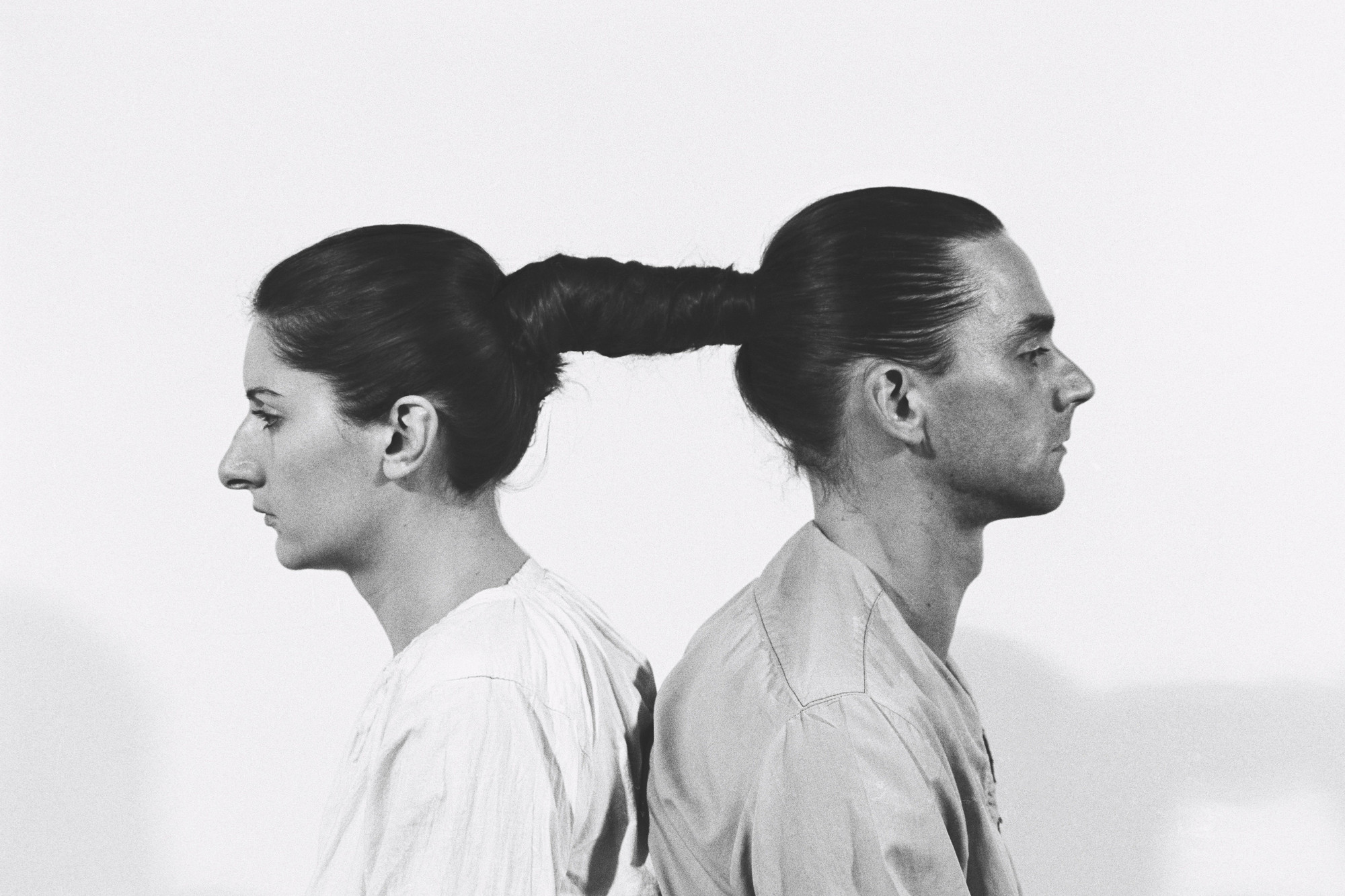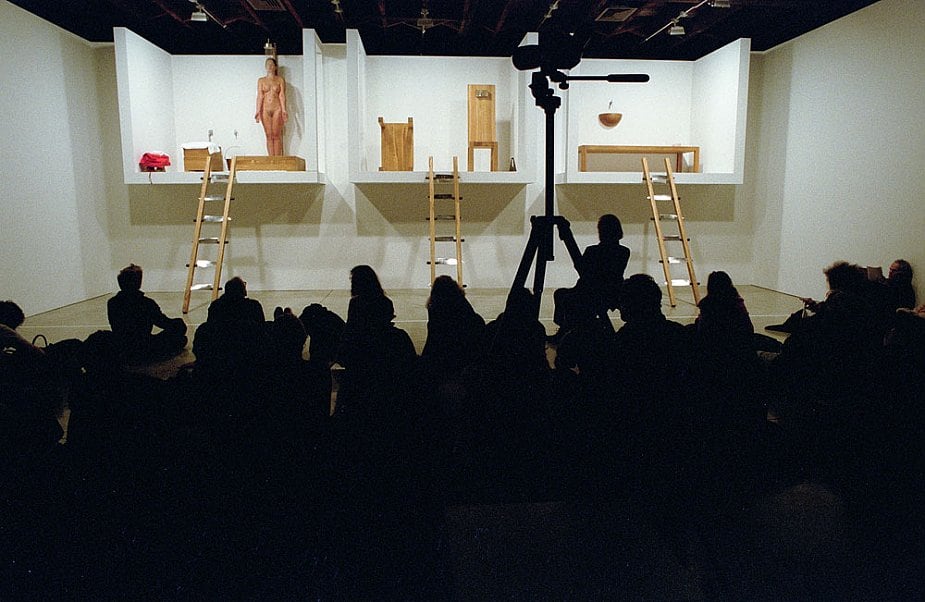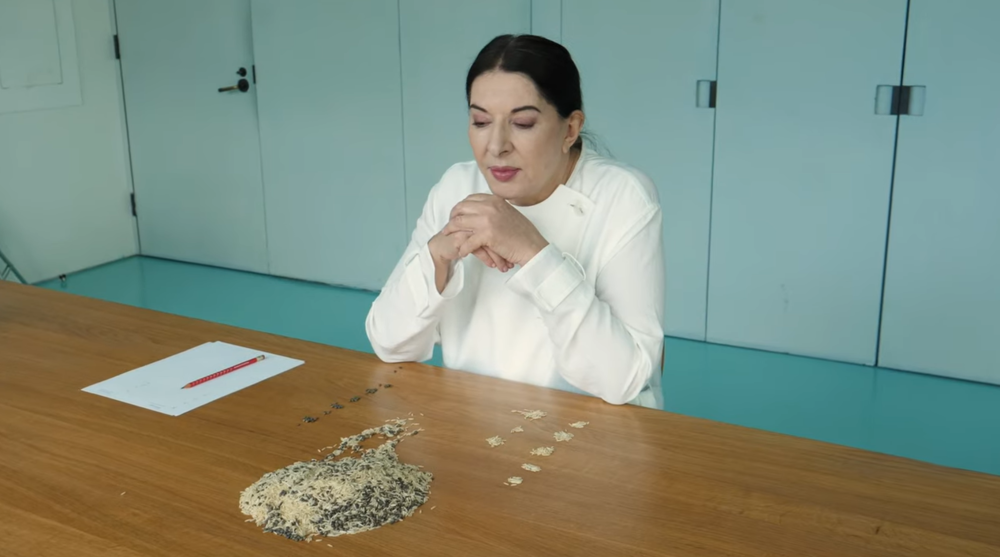Are artists particularly creative when it comes to cooking? We take a look around the kitchens of the art world, this time with six ingredients from the life and work of performance artist Marina Abramović.
TURKISH COFFEE
Born in 1946 in Belgrade at the heart of socialist Yugoslavia, Marina Abramović grew up largely under the care of her grandmother Milica. Her parents, Tito partisans with important posts in the government, were often absent both physically and emotionally, and so her grandmother’s kitchen became Abramović’s refuge. The smell of freshly roasted coffee floated in the air, and around the dining table stories were told, dreams interpreted, and secrets revealed. In the kitchen, the earthly and the spiritual mingled; there was cooking for the family, sipping of Turkish coffee, and reading from coffee grounds. Milica, a strict believer, had a lasting influence on Abramović. As an adult, the artist repeatedly explored her own spirituality, turning to shamans and fortune tellers, and has in many cases explored Buddhism and the Christian tradition with her work.
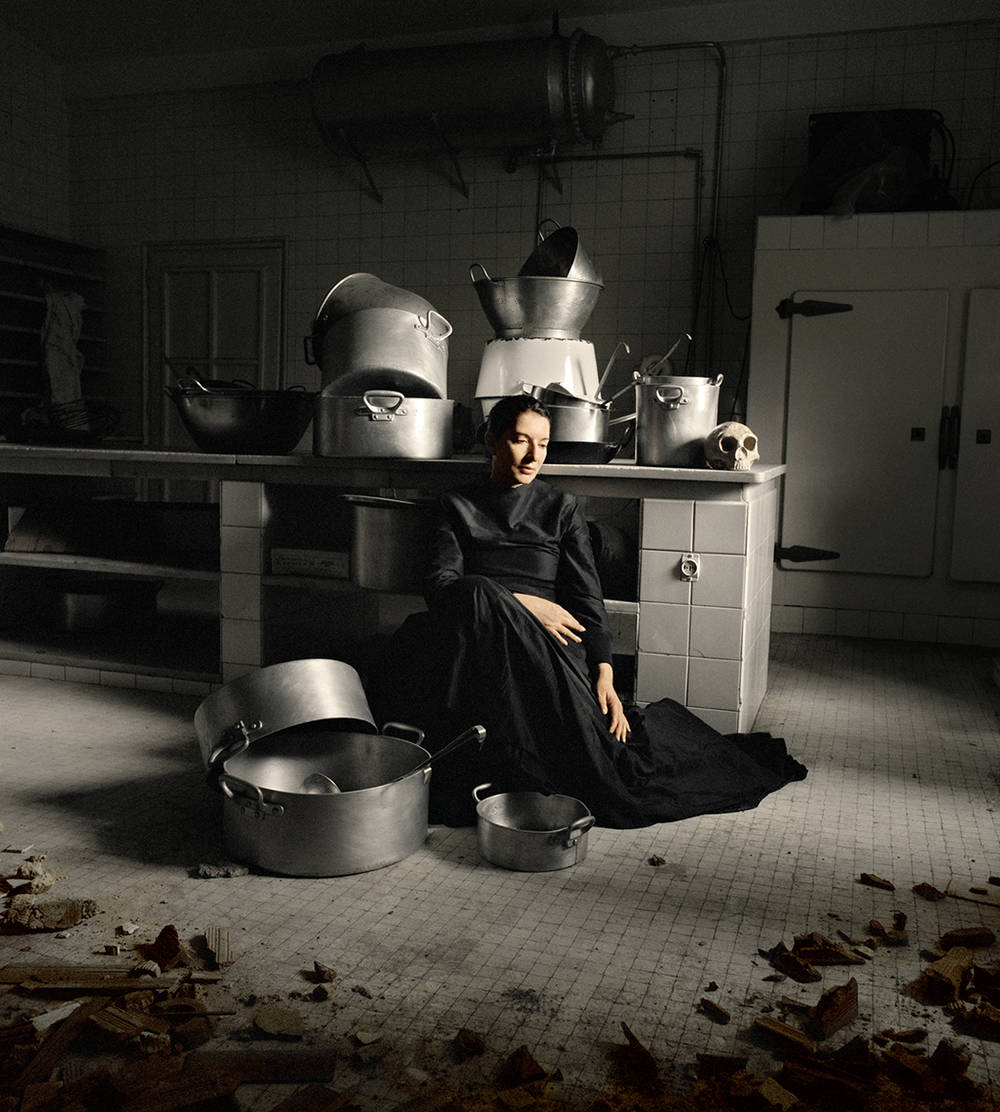
PECORINO CHEESE
The young Marina Abramović led a very comfortable life despite her parents’ communist convictions. She lived with her family in an elegant old eight-room building, art and culture were an integral part of her everyday life, and her interest in painting was rewarded with her own small studio. Yet at the same time, the house was ruled with coldness and suffocating austerity. After completing a degree in painting at the Academy of Arts and realizing her first performances in which she used her own body as an artistic medium, Abramović moved to Amsterdam in 1976. There she began her long-term artistic and romantic partnership with Frank Uwe Laysiepen, known as Ulay. Together they spent three years travelling through Europe in a converted Citroën van, and the trip included Sardinia, where they worked for two months on a small farm in the village of Orgosolo. Every morning at five, they had to milk 200 goats and sheep to make pecorino cheese. In exchange, they received bread, sausage, cheese, a few home-grown tomatoes, and a liter of olive oil – for them it was a priceless feast.
WATER
Abramović realized early on that she had found the ideal artistic medium for herself in performance. She repeatedly put herself in extreme psychological and physical situations in front of her audience in order to test the limits of her body, overcome her own mental blocks, and thus reach a new level of consciousness. To do so, she scratched her stomach, whipped herself, and lay naked on blocks of ice (“Lips of Thomas,” 1973). She combed her hair until her scalp almost bled (“Art must be beautiful, 1975”), and provided the audience with her own body and 72 objects – including a feather, a scalpel, and a loaded gun – with instructions to maltreat her with them at will (“Rhythm 0,” 1974). For “House With Ocean View” (2002), Abramović spent twelve days living in a gallery, in complete silence and without any privacy: Visitors could observe her showering, sitting, peeing, or sleeping at any time. She fasted for the entire period and drank only filtered water – another physical borderline experience that gave her a completely new mental clarity. Since then, regular fasting has become a cornerstone of her practice.
PIG’S BLOOD
In 1988, the artist walked for 90 days along the Great Wall of China to meet with Ulay in the middle, who had started from the opposite direction (the performance ended with the couple’s separation). Besides the extremely uncomfortable overnight stays, what stands out in her memory is the breakfast in the surrounding villages: a plate of tofu, accompanied by a large pot of boiling pig’s blood, which was supposed to cleanse the body from the inside. A decade later, this ingredient reappeared in Abramović’s culinary biography: as part of a series of performances called “Spirit Cooking,” for which she developed a series of poetic, surrealist recipes and painted them on the wall with pig’s blood. These ranged from “Facing The Wall – Eat Nine Red Hot Peppers” to “Mix Fresh Breast Milk – With Fresh Sperm Milk – Drink On Earthquake Nights.” In 1996, she published a companion cookbook titled “Spirit Cooking with Essential Aphrodisiac Recipes.” The book contains instructions that are supposed to be beguiling, such as “saliva of your lover – mixed with morning dew – collected from eucalyptus leaves” or “take 13 leaves of uncut green cabbage with – 13,000 grams of jealousy – steam for a long time in a deep iron pot – until all water evaporates – eat just before attack”.
Marina Abramović, Spirit Cooking, 1996, Courtesy of Serpentine Galleries, Image via artsandculture.google.com
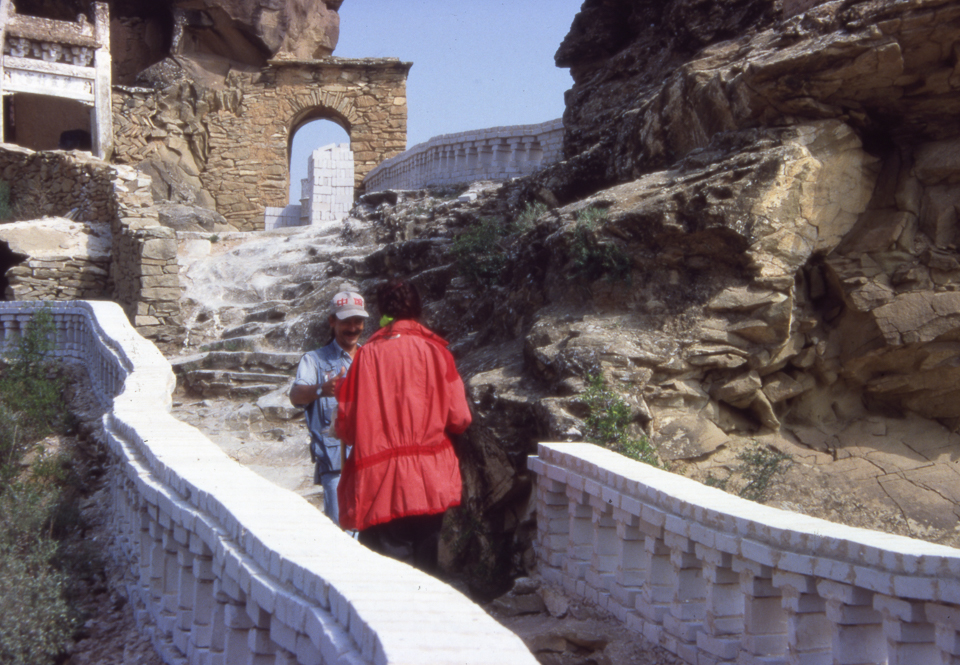
Marina Abramović und Ulay, The Lovers, The Great Wall Walk, 1988, © VG Bild-Kunst, Bonn 2020, Image via bonvoyage.ludwigforum.de
RICE
Abramović advanced to become a globally recognized artist with her radical, often uncomfortable actions and fundamentally contributed to redefining the genre of performance. Gradually, her work evolved toward a spiritual, meditative experience, centering on the no less radical concepts of stillness, pausing, and sensing. In order to strengthen herself physically and mentally and to anchor her mind completely in the here and now, Abramović developed a series of exercises that she published under the title “The Abramović Method”. “Counting the rice” is one of them: For this, you need to take a bowl filled with a mixture of rice and lentils and dump it out on a table. Now the task is to neatly separate the two elements and then count them off. What sounds simple will sooner or later break the thread of patience and trigger a cascade of negative emotions: boredom, anger, and impatience. At some point, time should no longer matter and a feeling of absolute inner peace should set in – if you can hold out long enough.
Abramović’s methods for expanding consciousness can also be learned by means of two-thousand-euro workshops hosted by the artist; counting rice, silence, and fasting form an integral part of the courses. The highlight at the end of the five days? Marina Abramović, sitting at the head of a long table, serves everyone a bowl of white rice. Participants are asked to close their eyes before taking the first bite of food – after five days of fasting, the taste is supposed to be an enlightenment.
CHOCOLATE
For what is probably her best-known performance, “The Artist is Present” (2010) at New York’s MoMA, Abramović sat motionless on a chair for three months, six days a week, seven hours a day, looking into the eyes of every person who faced her. More than a thousand people did so, many of whom were moved to tears by the encounter. Thanks to the massive media coverage of the performance, Abramović became an international star. The preparation for this feat took a year, during which she ate no lunch, but only a small, high-protein breakfast and a vegetarian, extremely nutrient-dense dinner to switch her metabolism. Decades of training in self-control enabled her to successfully endure such an endeavor. All the more surprising, then, that Abramović admits to having no willpower whatsoever when it comes to one thing: chocolate. Sugary, white, thoroughly unhealthy chocolate. So the grandmother of performance art, as she calls herself, seems to be only human after all.
